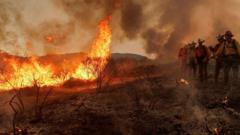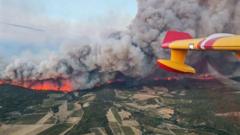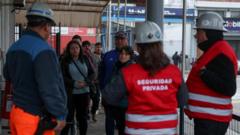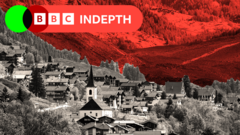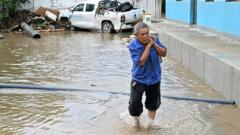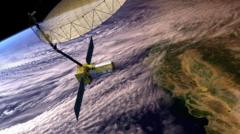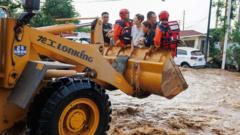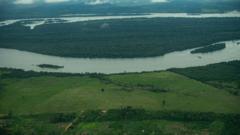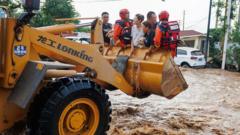In a breakthrough study, scientists highlight how fog harvesting could serve as a sustainable water source for the dry and impoverished city of Alto Hospicio in Chile, where traditional water supplies are scant.
Fog Harvesting: A Sustainable Solution for Water Scarcity in Arid Cities
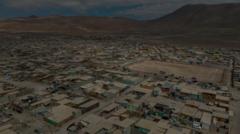
Fog Harvesting: A Sustainable Solution for Water Scarcity in Arid Cities
Researchers in Chile unveil the potential of large-scale fog harvesting to provide water for cities like Alto Hospicio, facing severe water scarcity.
Capturing water from fog offers a promising solution for some of the driest cities globally, according to researchers studying the possibilities in Chile's Alto Hospicio. This city, located in one of the world’s most arid regions, sees an annual average rainfall of less than 0.19 inches (5 mm), restricting water access, particularly in slum areas heavily affected by social issues like poverty and drug problems.
Dr. Virginia Carter Gamberini from Universidad Mayor notes that people reliant on truck-delivered water could benefit significantly from the recovery of an otherwise untapped resource: fog. Fog harvesting is achieved by setting up a fine mesh between poles that collects water droplets from moisture-laden clouds, significantly simplifying the process of obtaining water in fog-prone regions.
Although fog harvesting has been implemented on a smaller scale in various rural locations throughout South and Central America, Dr. Carter's research suggests a "new era" of scaling up these systems for urban needs. The team assessed the fog harvesting potential using satellite data and weather predictions, revealing substantial water availability from fog above Alto Hospicio.
The fog in this coastal mountain city forms as warm, moist air from the Pacific interacts with cooler ocean water, creating ideal conditions for moisture capture. Their findings, published in Frontiers of Environmental Science, estimate that a mesh area of 17,000 square meters could satisfy the weekly water needs of 300,000 liters currently being transported to slums, while 110 square meters would suffice for irrigation in the city's green areas.
In addition to supplying drinking water, harvested fog can be utilized for hydroponic agriculture, generating considerable yields of vegetables. As populations swell and existing water sources dwindle due to mining and industrial demands, Dr. Gamberini emphasizes the criticality of discovering new, sustainable water sources.
Chile's favorable geography, with its coastlines and mountain ranges, presents unique opportunities for fog harvesting. The researchers are in the process of creating a comprehensive "fog harvesting map" of Chile to maximize the potential of this natural water source. Dr. Carter firmly believes that effectively harnessing “water from the clouds” could enhance cities' resilience to climate change and significantly improve access to clean water for vulnerable populations.

